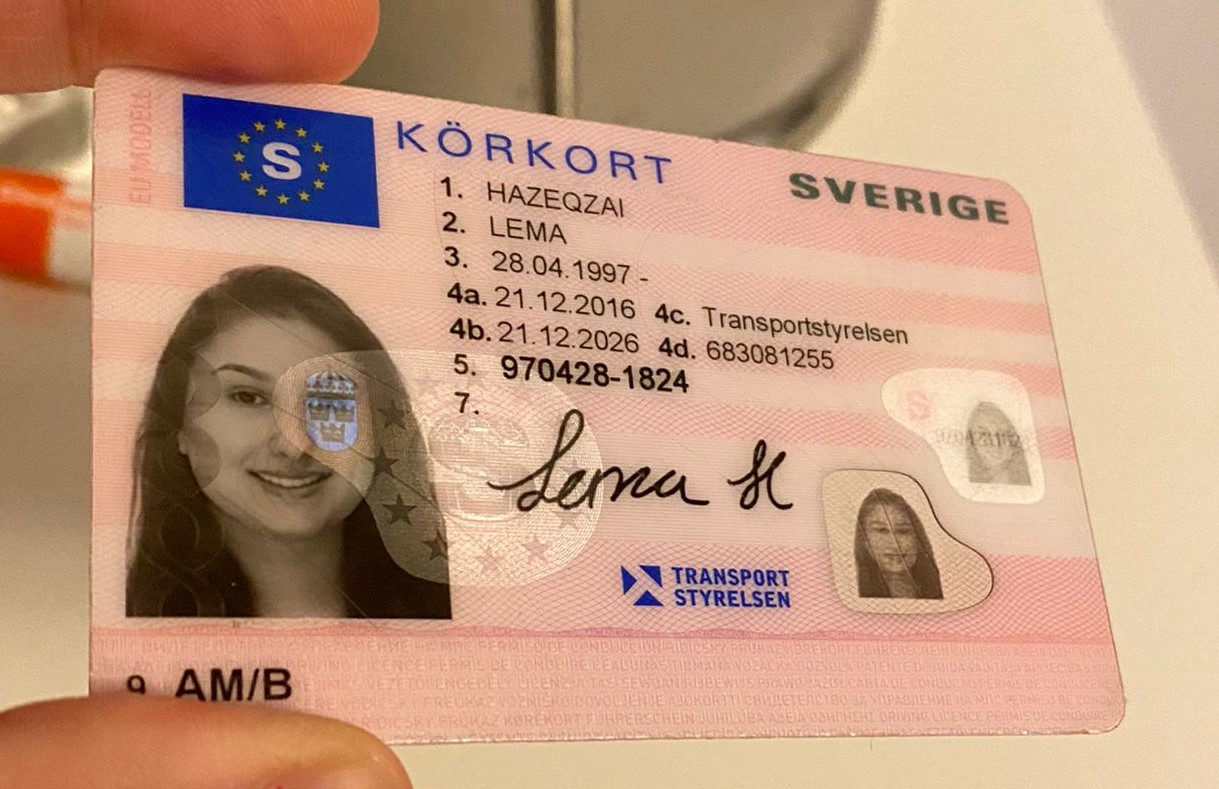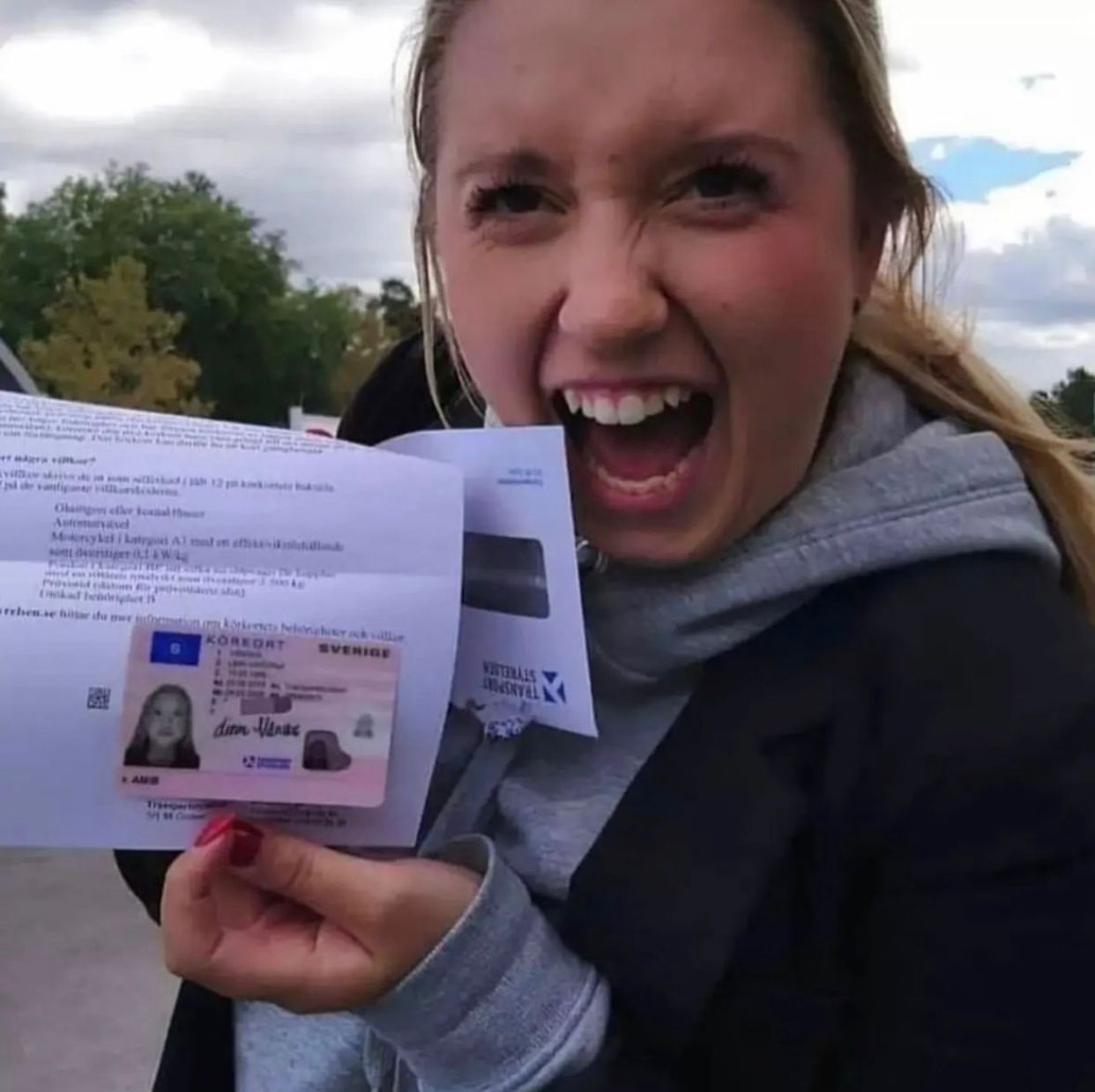본문
Navigating the New Landscape of Driving License ID Handling in 2025
In every society, the driving license serves as an important document, not just as an evidence of the ability to operate a vehicle however also as a recognition tool. As we step into 2025, significant modifications have emerged relating to the handling and management of driving licenses, primarily affected by advances in technology, developing policies, and the need for enhanced security procedures. This post intends to provide a detailed summary of driving license ID managing in körkort id-handling 2025 (mouse click the next page), clarifying the innovations included, the upcoming legal transformations, and providing responses to common queries.
The Transition to Digital Driving Licenses
One of the most notable changes in driving license ID handling is the extensive adoption of digital driving licenses. These digital licenses are saved digitally on smart devices, using numerous conveniences to both drivers and authorities. In the United States, for example, many states have actually started carrying out digital motorist's licenses, while countries such as Canada and the UK are anticipated to follow fit quickly.
Key Benefits of Digital Driving Licenses
- Convenience: Easily accessible on mobile devices, eliminating the need to carry physical copies.
- Enhanced Security: Incorporating biometric features and file encryption assists to fight identity theft and scams.
- Real-time Updates: Immediate updates to individual details, such as modifications in address or status, boost accuracy.
Obstacles and Concerns
Despite the benefits, the shift to digital licenses presents challenges, including concerns about personal privacy, cybersecurity threats, and the digital divide impacting those without access to smartphones or the internet.
Modifications in Regulatory Framework
As we head into 2025, several policies surrounding driving licenses have come under scrutiny and change. Federal governments and regulative bodies are focusing on guaranteeing that driving licenses are secure, valid, and issued in compliance with recognized laws.
Secret Legislative Trends
Standardized ID Formats: Countries are moving towards a standardized format for driving licenses to streamline recognition and enhance security.
Increased Verification Procedures: Authorities are now using innovative methods such as facial acknowledgment and AI to boost confirmation procedures at checkpoints.
Focus on Sustainability: With growing ecological concerns, numerous states are choosing environment-friendly materials for physical licenses and checking out robust digital alternatives.
Age and Identity Verification: Enhanced procedures are being put in place to properly validate the age and identity of drivers, specifically in contexts where age-related laws apply to driving.
The Global Perspective: State-By-State Comparison
| Nation | Digital License Implementation | Present Regulations | Noteworthy Features |
|---|---|---|---|
| United States | Several states in development | Differs by state, efforts to merge formats | QR codes for simple recognition |
| Canada | In pilot stages | Standardized recognition across provinces | Integration with health IDs |
| UK | Early adoption stage | Focus on online renewal and details updates | Digital confirmation through the app |
| Australia | Under factor to consider | Progressively strict identification protocols | Concentrate on scams avoidance |
The Role of Technology in ID Handling
Innovation is reinventing how driving licenses are dealt with. AI, blockchain, and biometrics are ending up being essential to driving license issuance and verification.
Innovations Shaping the Future
Synthetic Intelligence: AI algorithms are now used for acknowledging patterns in driving behaviors, which can inform insurance coverage premiums and legal ramifications.
Blockchain Technology: Ensuring the integrity and credibility of driving license data, blockchain innovation permits safe sharing of details between authorities without fear of tampering.
Biometrics: Increasingly, biometric systems are implemented at the point of issuance and confirmation, such as facial recognition and fingerprint scanners, to make sure safe and secure identity verification.
Prospective Impacts of Emerging Technologies
The execution of these innovations can cause improved dependability and security of driving IDs, however it raises concerns about information personal privacy and user approval.
Frequently Asked Questions (FAQs)
1. What should I do if my digital driving license is lost or stolen?
You should instantly report the loss or theft to your regional motor vehicle agency. Many digital licenses have integrated features to disable gain access to from another location.
2. Are digital driving licenses accepted all over?
As of 2025, approval of digital licenses differs by area. It's advised to bring both digital and physical copies when traveling throughout state or national borders.
3. Can I update my details on a digital driving license?
Yes, updates can typically be made through the associated mobile application or site of the releasing authority.
4. What are the security measures for digital licenses?
Digital licenses typically incorporate features such as file encryption, two-factor authentication, and biometric verification to boost security.

5. How will traditional driving licenses be affected?
The relocation towards digital licenses might minimize the issuance of physical licenses, but they will still be available for those not able to access digital options.
As we advance into a new era in 2025, the handling of driving licenses is optimizing to meet the needs of contemporary society. Through technological improvements and regulative reforms, people can anticipate a more safe and secure, efficient, and structured process for obtaining and handling their driving licenses. Nevertheless, as digital services proliferate, it remains important to address challenges relating to privacy, security, and ease of access, making sure equitable roadway access for all drivers while securing individual details. As federal governments across the globe continue to adjust to these changes, the future of driving license ID handling is set to be both vibrant and transformative.

댓글목록
등록된 댓글이 없습니다.

